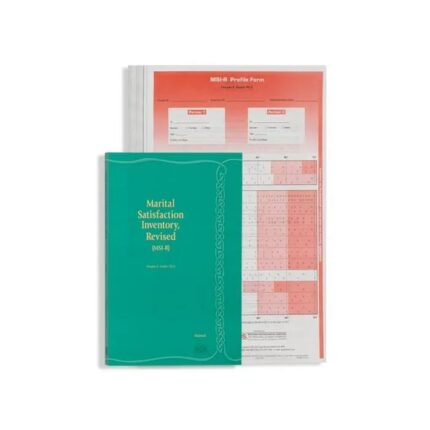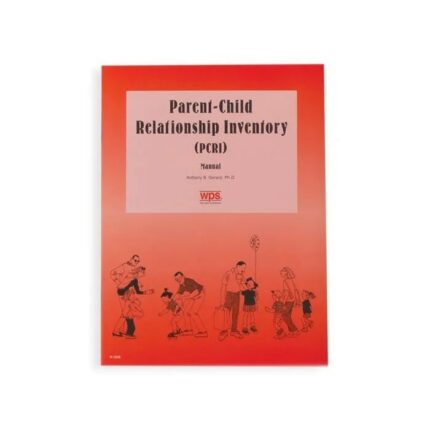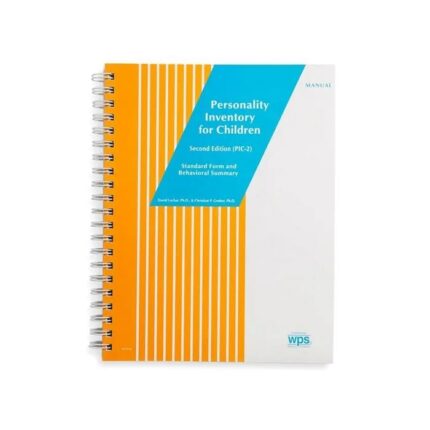(AQ™) Aggression Questionnaire™
BENEFIT

BY ARNOLD H. BUSS, PHD, AND W. L. WARREN, PHD
This self-report inventory makes it possible—and practical—to routinely screen children and adults for aggressive tendencies. The Aggression Questionnaire (AQ) measures an individual’s aggressive responses and his or her ability to channel those responses in a safe, constructive manner. Because it takes just 10 minutes to complete, the AQ can be administered quickly to large numbers of people.
The AQ is a full revision of the Buss-Durkee Hostility Inventory, a longtime standard for assessing anger and aggression. It consists of just 34 items, scored on the following scales:
- Physical Aggression
- Verbal Aggression
- Anger
- Hostility
- Indirect Aggression
A Total Score is also provided, along with an Inconsistent Responding Index. Standardization is based on a sample of 2,138 individuals, ages 9 to 88, and norms are presented in three age sets: 9 to 18, 19 to 39, and 40 to 88. In addition, norms for the Verbal Aggression and Physical Aggression scales are separated by sex.
Written at a third-grade reading level, AQ items describe various characteristics related to aggression. The respondent simply rates each item on a 5-point scale ranging from “Not at all like me” to “Completely like me.” Because it is brief and easy to read, the scale can be used with virtually anyone, including respondents who have difficulty with more complex verbal measures. The test can be hand scored in minutes. Or it can be administered and scored using the AQ CD, which also allows you to print out a detailed interpretive report on the spot.
While the 34-item AQ is recommended for clinical purposes, a short form is available for use in research and in those instances when a client fails to complete the full questionnaire. To use the short version, simply administer and score the first 15 items on the AQ AutoScore Form. Because these 15 items include three from each AQ scale, the short version gives you not only a total score but also scale scores, which correlate well with their counterparts from the full AQ.
In clinical settings, the AQ’s five subscale scores provide a level of detail that is particularly useful for treatment planning and outcome measurement. In correctional settings, the simplicity of the AQ makes it an excellent choice for documenting need for service and focusing rehabilitation efforts. In other institutional settings—schools, businesses, military installations, and geriatric or convalescent hospitals—it can be used for both screening and program evaluation. Brief and inexpensive, the AQ makes large-scale screening of aggression a realistic option.
| Therapy |
All Therapy Evaluation Tools |
|---|

























